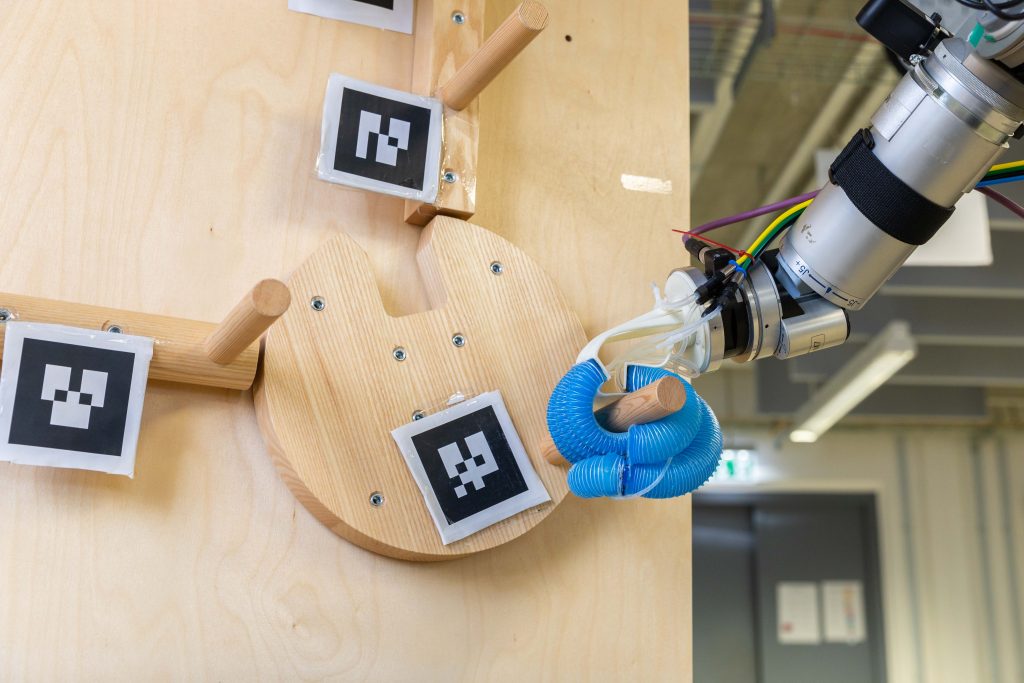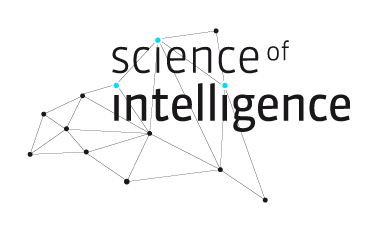
Principal Investigators:
Oliver Brock
Alex Kacelnik
Alice von Auersperg
Team members:
Manuel Baum (Doctoral researcher)
Investigating intelligent physical problem solving in cockatoos and robots
Research Unit 1, SCIoI Project 04
Imagine that in order to escape the escape room, a robot has to solve a puzzle that consists of multiple rigid bodies and joints that can lock each other — a so-called lockbox. This is a type of sequential kinematic problem that some birds such as cockatoos can learn to solve, but as astonishing as this feat is, behavioral biology still cannot explain which characteristics empower the birds to exhibit this intelligent problem-solving behavior.
In this project, behavioral biologists and roboticists get together to understand and explain this behavior in novel ways. We will identify prior knowledge and capabilities that the birds recruit for solving this task. We will model the behavior in a robotic system to identify which sensorimotor capabilities, computational principles, internal representations or prior beliefs best explain the behavior we observe in cockatoos. For this identification process we will import these priors into a robotic platform and test if they confirm our hypotheses and explain the birds’ behavior, or if we need to discard the hypotheses and consider new models.
This way, we will reveal the principles underlying kinematic problem-solving in general, such as representations or sensorimotor skills that biological and artificial systems require to solve such complex kinematic problems. We will not only better understand the biological behavior, but also improve our robotic systems. By identifying the building blocks that enable birds to solve this problem, we can either directly include these building blocks into the robotic system, or we can extract insights that will further guide robotics research. Where necessary, we will additionally develop robotic interactive perception skills along the way, thus contributing to the robotics community. In the end, we will have developed an autonomous robotic system that can solve complex kinematic puzzles.

